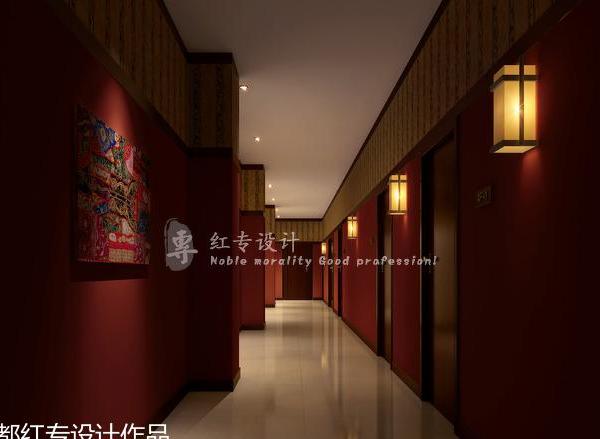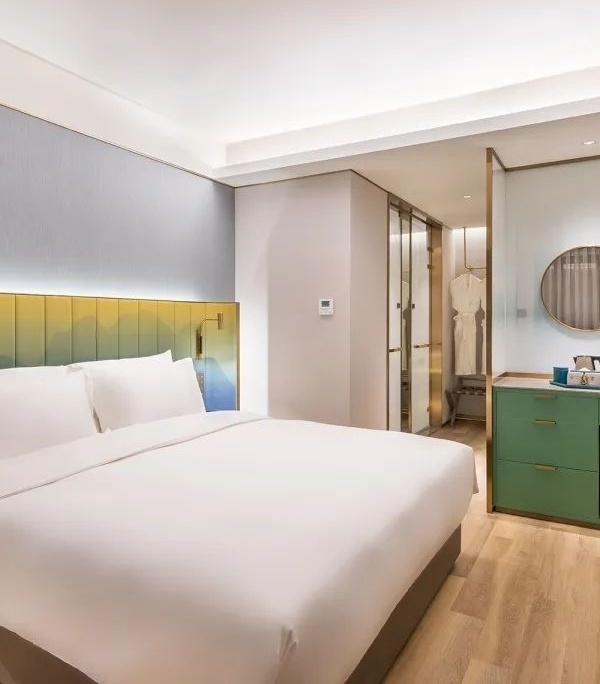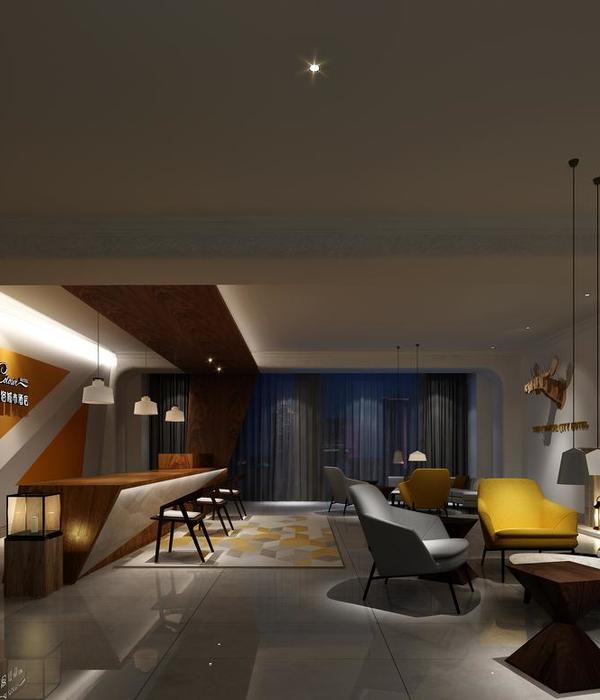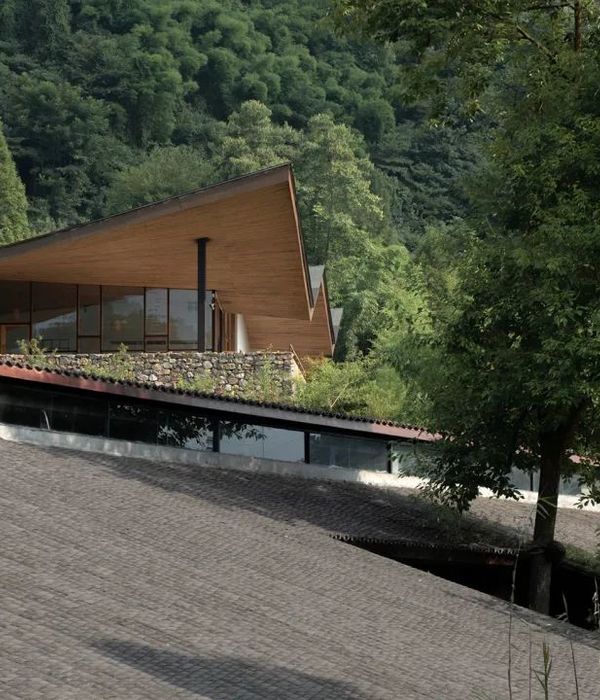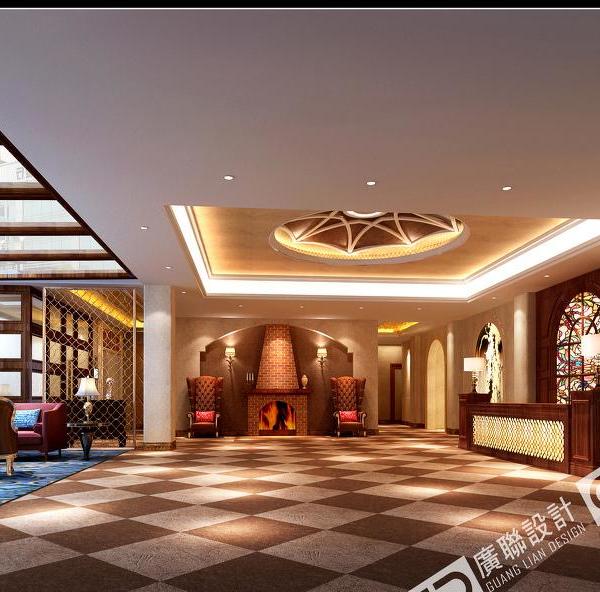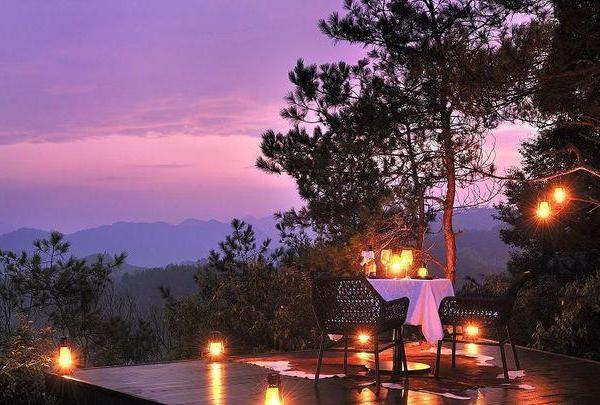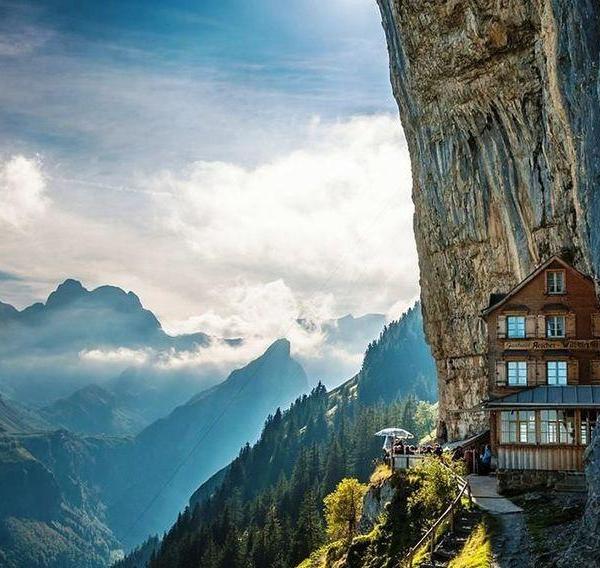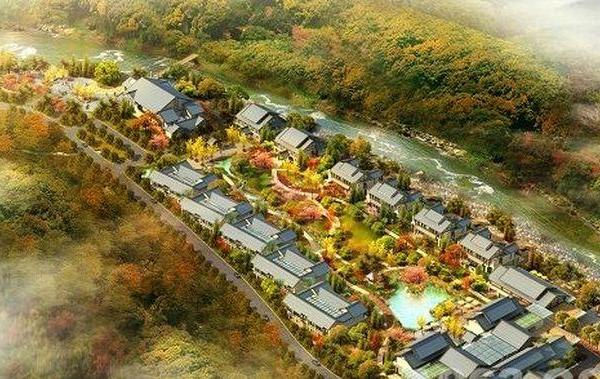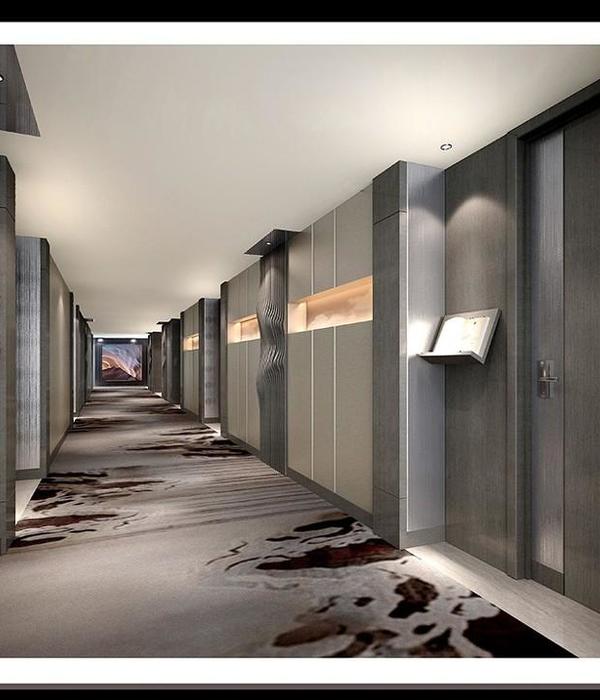Santa Clara 1728 is a wonderful reality that somehow makes us believe we are living a dream. More than rethinking the notions of hotel business, it reinforces the idea of inhabiting, bringing awareness to essential matters that makes us feel home. By reinventing the classic notions of hotelier, Santa Clara 1728 was born as a house that brings warmth and comfort to travel. It is not about a conventional hotel we are talking, as João Rodrigues and his family took this Lisbon ancient building and transformed it into their home, welcoming guests as their longtime friends. Having in mind the respect for architectural heritage, local context and the strength of a typological memory, architect Manuel Aires Mateus and owner João Rodrigues embraced the building and all its remains, taking care of its vernacular past with a contemporary view. Thus, Santa Clara dives in the heart of the vivid city of Lisbon, blending in its lifestyle rather than distinguish itself from it. Nevertheless, it allows guests to choose between watching the city live through a quiet point of view – inside the beautiful and relaxed rooms with great views-, or blending in between the Portuguese people, places, and culture, living it all as a local would. Entering the house, body and soul are immediately embraced by the quiet and peaceful ambiance that touches all our senses. This home feeling brought by Santa Clara to anyone who comes, is present not only in its light colors, the smoothness of materials, but also on the smell of homemade bread, the warmth of the welcoming, or the silent contrast between exterior and interior, not possible to be transmitted by an image. Although there is a strong sensory contrast between the vivid exterior and the calm house, the city enters through the building doors and sets on the house's most care details, which imprints Portuguese culture on the guests, in a very soft and subtle way. It is present in the richness of materials in the rooms, the beautiful view of the city and river that wakes guests in the morning, or even the food served at the common table, made by heart and taking the palate on a journey back to the roots. During Santa Clara's project and construction, the deep care for choosing local materials - such as Lioz marbles-, traditional building methods and the truthful character of handmade furniture, engraves on the walls stories and testimonies that inspire the visitors, and by a sensory complete experience, brings them back home. Santa Clara 1728 tells us its story by its touch, and by having the owner's, architect's, artisan's and constructor's mark, imprints itself in our guest's memory, as they take this beautiful house in their hearts back to their homes.
The project: Looking for a place to welcome our friends and guests in Lisbon, we stumbled across an enchanting 18th century building. It is located on one of the most romantic lisbon squares in Alfama, the most traditional and emblematic District of Lisbon. Charmed by the beauty of the place we soon discovered, that we have not only found a place to welcome our guests, but also our new family home.
The suites: Santa Clara 1728 offers 6 spacious suites, consisting of two different types: Suite Santa Clara has approximately 70 square meters and comprises of a very large bedroom with stunning river views, a wide sitting room and a large bathroom overlooking the garden. This suite accommodates up to 2 adults and 2 children or 3 adults. Suite Tejo has approximately 50 square meters and comprises of a very large room with river views, a sitting area and a bathroom. This suite accommodates 2 adults.
Interior Design: The house is furnished and detailed with a delicate touch, thoughtfully embracing our guests' comfort. Wide beds from B&B Italia/ MaxAalto, designed by Antonio Citerio, with natural cotton mattresses from ALMA Natura, Spain and pillows and blankets made in Portugal. Sofas are all from Living Divani. Chairs and tables from Carl Hansen (Designer H.J. Wegner), Denmark. The very large bathrooms have bathtubs and sinks made out of the Limestone ‘Lioz’. The soft color of this special stone, combined with the Pine wood and white tiles, result in a harmonious and warm atmosphere of well-being. The illumination of the Interior was personally selected by Davide Groppi (Italian light designer). Some of the best pieces of his collection like the ‘Moon’, ‘Simbiosi’ or ‘Mira R’ provide different and intimate lights in the house. The generous windows frame the unique brilliance of the Lisbon light which spills over the city and is reflected in the river below.
Outdoors: Santa Clara 1728 is located in the city’s heart, specifically at Campo de Santa Clara, right next to the typical neighborhoods of Alfama and Graça. Two minutes away from Santa Apolónia train station, Santa Clara 1728 turns itself to the living city, the National Pantheon and the Tagus River. The area is well known by one of the most famous portuguese Flea Markets, Feira da Ladra, that every Tuesday and Saturday makes the streets pulse with movement and energy. Many interesting and worth visiting sights are within walking distance from Santa Clara 1728. "Feira da Ladra" Lisbon’s legendary flea- and antique-market is just in front of our door and takes place every Tuesday and Saturday. The 17 Century Monastery of "Sao Vicente de Fora” is one of the most important monasteries and mannerist buildings from Portugal. The majestic National Pantheon, which was originally the Sta. Engracia church and only in the 20th Century became the Pantheon. São Jorge Castle: Moorish castle occupying a commanding hilltop overlooking the historic centre of the Portuguese city of Lisbon and Tagus River. Also the enchanting Alfama Neighbourhood: The oldest Moorish quarter in Lisbon which predates the earthquake of 1755. Alfama is a maze of narrow streets, Fado and famous viewpoints (miradouros). The commercial city center (Baixa) is about 15 minutes walk away or board one of the picturesque old Lisbon trams.
{{item.text_origin}}


